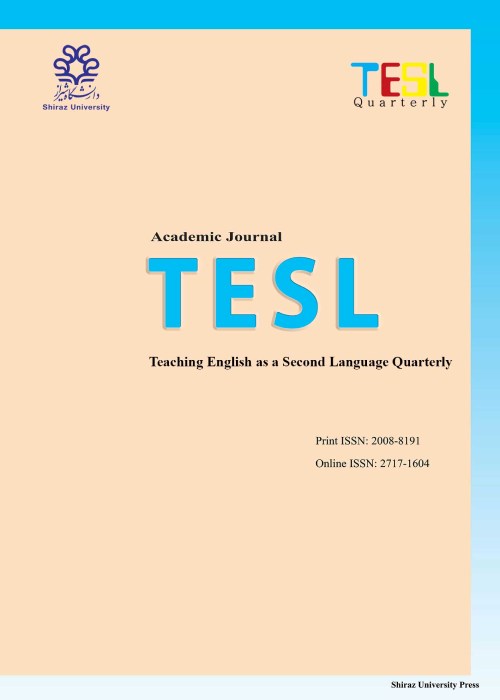TRANSLATING CULTURAL SIGNS IN CHILDREN S PICTURE BOOKS
Author(s):
Abstract:
Every happening in one's life may be regarded by her/him as a leading phenomenon to other happenings. This leading phenomenon which can anticipate the subsequent happenings is called SIGN. Signs are unique for every group of human being and hence culture-specific. This is even true for every individual. Signs permeate in every aspect of universe. Among these fields, children's literature is studied in this article, especially in the field of translating this kind of literature which consists of transferring cultural and visual aspects.According to the model of 'Semiotic Entity as a Unit of Translation', proposed by Hatim and Mason (1990), this article aims at identifying the process of translating cultural signs in children's picture books. Also this article investigates a) The relationship between the words and pictures as two aspects of semiotics in children's picture books b) The process of transferring this relationship into the target language and c) According to the concept of culture specific "Horizontal elongation" proposed by Kress and Van Leeuwen (2006), the direction of the ‘given’ and ‘new’ information in visual communication (here in pictures) is analyzed in two Western and Persian cultures. To achieve these aims, one of Silverstein's poems from Where the Sidewalk Ends collection and its Persian translations by Hirmandi (2010) and Morad Hosseini (2007) were analyzed. The results showed that both translators had identified the semiotic entity in "Identification" procedure but had failed to successfully transfer the intentions of the message. In addition none of the translators had respected the relationship of complementary aspects of words and the picture. In terms of "horizontal elongation", as there were no contributing art directors in both translations to manage the culture specific directions, the message which is emitted by this visual aspect, is not conveyed in the translated texts.It is suggested that translators get specialized acquaintance with the art of illustration and visual literacy in children’s literature to make a better interpretation of picture books and publishers use the art directors as the managers of their artworks.
Language:
English
Published:
Teaching English as a Second Language Quarterly, Volume:3 Issue: 1, Spring 2011
Page:
17
magiran.com/p868793
دانلود و مطالعه متن این مقاله با یکی از روشهای زیر امکان پذیر است:
اشتراک شخصی
با عضویت و پرداخت آنلاین حق اشتراک یکساله به مبلغ 1,390,000ريال میتوانید 70 عنوان مطلب دانلود کنید!
اشتراک سازمانی
به کتابخانه دانشگاه یا محل کار خود پیشنهاد کنید تا اشتراک سازمانی این پایگاه را برای دسترسی نامحدود همه کاربران به متن مطالب تهیه نمایند!
توجه!
- حق عضویت دریافتی صرف حمایت از نشریات عضو و نگهداری، تکمیل و توسعه مگیران میشود.
- پرداخت حق اشتراک و دانلود مقالات اجازه بازنشر آن در سایر رسانههای چاپی و دیجیتال را به کاربر نمیدهد.
In order to view content subscription is required
Personal subscription
Subscribe magiran.com for 70 € euros via PayPal and download 70 articles during a year.
Organization subscription
Please contact us to subscribe your university or library for unlimited access!


